SEPTEMBER 2020
How to Adapt to Climate Change
Tips for building climate resilience at home and in your neighborhood.
Responses to climate change generally fall into two categories: mitigation and adaptation. Mitigation addresses the causes of climate change chiefly by reducing greenhouse gas emissions and expanding carbon “sinks,” like forests, that remove and store carbon from the atmosphere. Adaptation involves adjusting to climate impacts that already exist or are expected in the future. Both strategies are essential. Because carbon dioxide and other greenhouses gases remain in the atmosphere for many years, the effects of climate change will continue for decades or longer even if we were to cut all emissions today.
Climate change adaptation is sometimes described as “building resilience” or “reducing risk” and often involves large-scale infrastructure projects or changes in public policy. But adaptation isn’t something that only government agencies and big companies can do. Individuals can play a part, too. Even small changes, multiplied over many households, can make a difference.
Understanding Climate Risk
When we think about risk, we often look to the past as a guide to the way things will be in the future. But climate change is different. It’s an ongoing process, and some elements of that process – sea level rise, for example – are accelerating. It’s no longer safe to assume that the amount of risk we faced in the past is an indication of future risk. Instead, we need to consider reliable projections of future climate conditions and periodically review how well our adaptation efforts are performing.
Nor should we assume that risk is the same for everyone. Risk varies from one community to another – even one person to another – depending on exposure, sensitivity, and capacity to adjust to climate-related hazards. Location plays a big role. People who live in floodplains, for example, are clearly exposed to a greater risk of inundation. Those with certain health issues may be more sensitive to extreme heat or poor air quality. And groups who have been historically underrepresented – the poor, immigrants, certain communities of color – may not have the political influence or financial wherewithal to mount an effective response.
Left: A Red Cross volunteer assists a resident displaced by a storm. Right: FEMA field workers distribute disaster information in Paterson.
Bouncing Forward
Addressing the needs of vulnerable and underrepresented communities and ensuring that they are fully engaged in resilience planning has an additional benefit. Resilience is often defined as the ability of a community or individual to “bounce back” after hazardous events such as hurricanes or severe flooding. But for many policymakers and researchers, it’s not enough for community members to return to their previous situation if doing so only puts them back in harm’s way, especially if social conditions make them vulnerable to climate change impacts.
Instead of bouncing back, the goal should be to “bounce forward,” to come back stronger, better able to meet the challenges of the future. Rather than simply surviving a disturbance, a resilient community responds in creative ways to fundamentally transform the community for the better. Preparing for climate change is not only about protecting ourselves and our communities from extreme weather. It’s an opportunity to address the needs of vulnerable and underrepresented people and make our communities as a whole more sustainable, healthful, and prosperous.
Practical Steps
With that in mind, here are several steps you can take at home and in your neighborhood to ready yourself and your community for climate change.
1. ASSESS YOUR FLOOD RISK
Climate change will continue to bring heavier downpours to New Jersey and may intensify flood risk along inland waterways and low-lying areas. On the coast, sea level rise is projected to make storm surge and high-tide floods increasingly more severe. In places with recurrent flood losses, some homeowners have decided that relocation is their best option. The NJ Blues Acres program has purchased hundreds of properties in flood-prone areas and converted them into open space. Many other homeowners have chosen or were required to elevate their houses.
On a smaller scale, even relatively modest renovations like elevating HVAC equipment or altering a property’s landscape can save thousands of dollars in flood damage. And of course flood insurance is indispensable (and may be required by mortgage lenders) if you live in a flood zone and is often advisable even if you don’t. Your insurance agent and a contractor can help you sort through the options.
Online mapping tools like NJ FloodMapper and FEMA’s flood map service can help you make a rough assessment of your flood risk. NJ FloodMapper visualizes potential flooding on the coast under a range of sea-level and storm-surge scenarios. FEMA flood maps identify designated flood zones in your area. Simply enter your address to view the map.
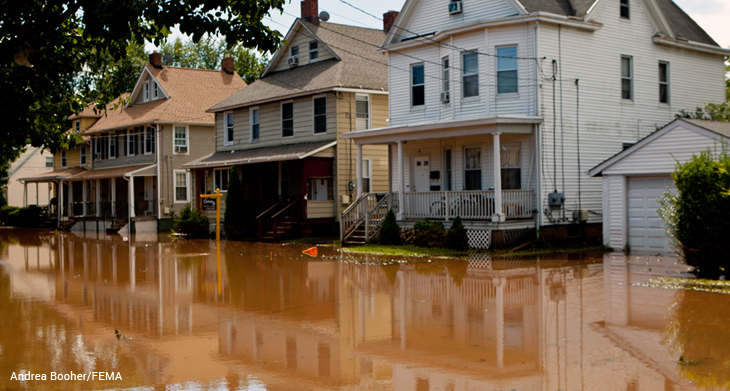
Flooding in Bound Brook in the aftermath of Hurricane Irene.
2. STAY COOL
Heat waves in New Jersey are expected to become longer and more frequent due to climate change. Extreme heat is especially dangerous for older people, young children, pregnant women, and those with chronic health issues. Cities will be hardest hit. Urban areas tend to be warmer than suburbs due to the abundance of dark paved surfaces and lack of shade, a phenomenon known as the urban heat island effect.
A few commonsense tips will help keep you safe in extremely hot weather: stay hydrated, wear lightweight clothing, pace yourself when working or exercising outdoors, never leave children or pets in a parked car, check on at-risk people, and stay in an air-conditioned place as much as possible. If air-conditioning is not available at home, take advantage of nearby shopping malls, libraries, or other public places, or ask your county health department about the location of the nearest cooling station. Additional tips for staying safe in extreme heat can be found at the CDC website.
Keep in mind that New Jersey residents can avoid contributing to greenhouse gas emissions when using air conditioners and other electric appliances by switching to renewable electricity like solar or wind power. See the NJ Board of Public Utilities website for a list of third-party suppliers and information on how to sign up.
3. PREPARE FOR WILDFIRE, POOR AIR QUALITY
Excessive heat and periodic dry spells also increase the risk of wildfires. New Jersey’s Pinelands are especially vulnerable; a fire there in 2019 consumed more than 11,000 acres. Homeowners near forested areas should take care to create a defensible space around their home by removing wood piles, dry brush, dead leaves, or any flammable material that could lead fire closer to the home. Wildfire smoke can degrade air quality from many miles away, making it all the more important for people with respiratory conditions such as asthma or COPD to keep medications, emergency inhalers, and other treatments on hand. NJ Forest Adapt, an online mapping tool developed at Rutgers University, allows users to visualize forest data throughout the state, including wildfire fuel hazard, heat zones, and projected number of high-heat days.
4. MAKE A PLAN
Whether or not you’re concerned about climate change, making an emergency plan is a smart thing to do. Consider the types of emergencies that are most likely to happen where you live, then map out an evacuation route, prepare an easy-to-carry emergency kit, and designate a meeting place if members of your household are separated. For situations that require sheltering in place, keep enough food, water, medications, and other basic supplies to last for at least several days and make necessary arrangements for people with special needs such as the elderly or disabled, as well as pets. FEMA’s publication “Are You Ready? An In-depth Guide to Citizen Preparedness” and the website ready.gov offer detailed information about preparing for an emergency.
5. BE A GOOD NEIGHBOR
Resilience is as much about strong communities as it is about infrastructure. Simply getting to know your neighbors is the first step toward building the sort of “social cohesion” that helps communities weather difficult times and get back on their feet after a disaster. Volunteer activities, civic engagement, school functions, shopping at local businesses – just about any social interaction strengthens the bonds between neighbors, decreases isolation, increases cooperation, and builds a support network that can be a lifeline in times of need, especially for the most vulnerable members of the community such as older people, the disabled, and those who live alone. Check in often on neighbors who may need assistance and offer to help any way you can.
6. GET INVOLVED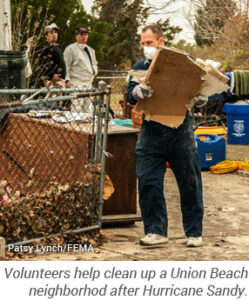 Better yet, take part in efforts to build climate resilience. Understand the options for your community regarding clean energy, green spaces, public transportation, and improvements for bicycling and walking. Share your concerns about climate change with elected representatives; join your local watershed association or land trust; volunteer for your town’s green team or environmental commission; and, if possible, participate in resilience planning in your own community and urge officials to incorporate resilience objectives into open space, public health, and other community plans.
Better yet, take part in efforts to build climate resilience. Understand the options for your community regarding clean energy, green spaces, public transportation, and improvements for bicycling and walking. Share your concerns about climate change with elected representatives; join your local watershed association or land trust; volunteer for your town’s green team or environmental commission; and, if possible, participate in resilience planning in your own community and urge officials to incorporate resilience objectives into open space, public health, and other community plans.
More Climate Briefs
Transportation and Climate
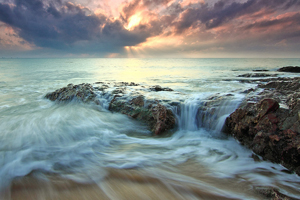
Ocean Acidification
How to Adapt to Climate Change
The National Flood Insurance Program and New Jersey
Climate-Smart Gardening
How to Reduce Your Greenhouse Gas Emissions
Farming, Food, and Climate Change in New Jersey

Climate Change, Health, and Equity in New Jersey
Sea Level Rise in New Jersey: Projections and Impacts
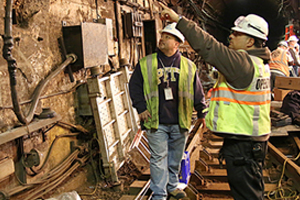


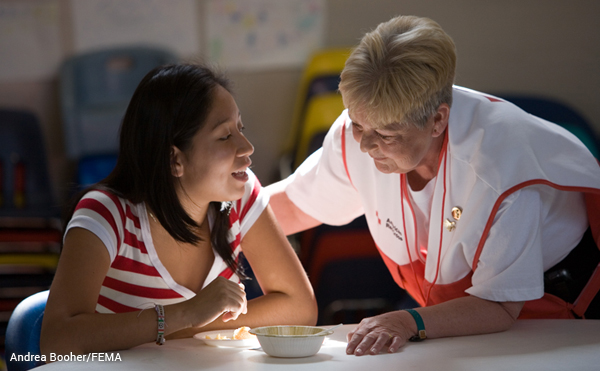

 Angel Alguera
Angel Alguera Daniel Gilkeson
Daniel Gilkeson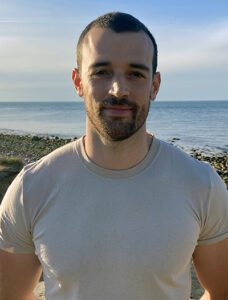 Benjamin Goldberg
Benjamin Goldberg Surya Jacob
Surya Jacob Vineesh Das Kodakkandathil
Vineesh Das Kodakkandathil Douglas Leung
Douglas Leung Nihar Mhatre
Nihar Mhatre Justin Morris
Justin Morris Josephine O’Grady
Josephine O’Grady Jessica Parineet
Jessica Parineet Dillan Patel
Dillan Patel Moira Sweeder
Moira Sweeder